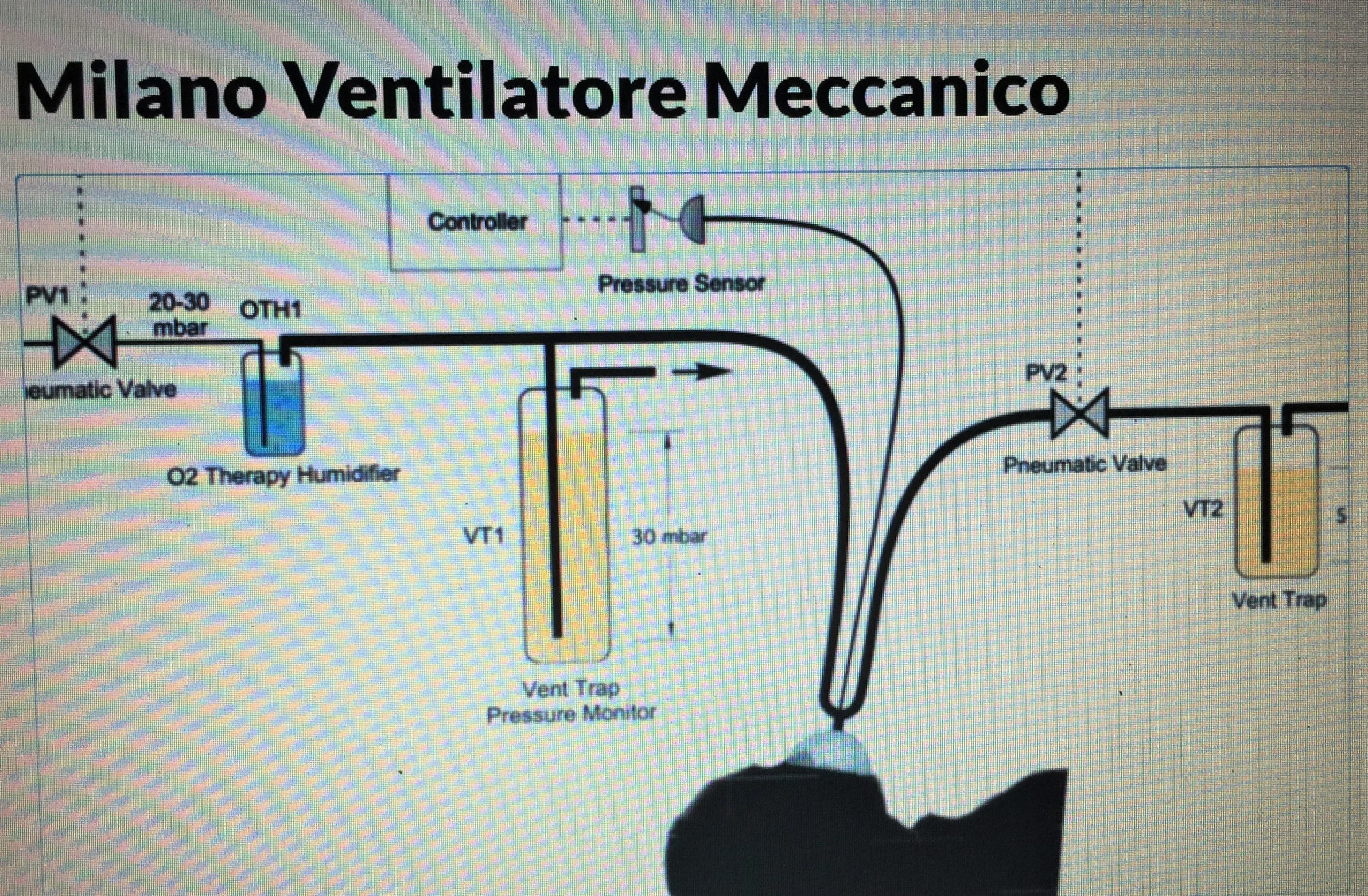Sudbury’s SNOLAB scientists are continuing to work with international peers on developing software for a simple emergency ventilator needed for COVID-19 medical care. Dr. Cristiano Galbiati, an Italian physicist was quarantined in his home and realized that additional ventilators were needed, not just in his country but around the world. He says he has formed a multi-national coalition to restructure the Manley Ventilator originally designed by Robert E. W. Manley in July 1960.
He says the idea is to create the Mechanical Ventilator Milano, which is a simplified and affordable design. SNOLAB is working on the software as its part of the project. The final verification process for medical certification is underway in Italy, Canada and the United States with production expected to begin as soon as those approvals are in place.
The idea was to create a simplified, more affordable design relying solely on the medical air or oxygen available in Intensive Care Units as well as an external power source. To make it easier for countries to reproduce the product within the constraints of their existing supply chains, it was also designed using off-the-shelf-components, meaning those already being produced.
Canada became involved in the project by late March, through Galbiati’s pre-existing relationship with a fellow member of the Global Dark Matter Collaboration, Nobel laureate and former director of the Sudbury Neutrino Observatory, Dr. Arthur B. McDonald.
McDonald rallied the efforts of Canadian physicists behind the cause, including representatives of the SNOLAB, Chalk River Laboratories, Canadian Nuclear Laboratories and the TRI-University Meson Facility.
In addition to sitting on the international committee, SNOLAB has also taken leadership in facilitating communication between the groups as well as sharing information on the project.
SNOLAB scientists working on a simple emergency ventilator

- Advertisement -

